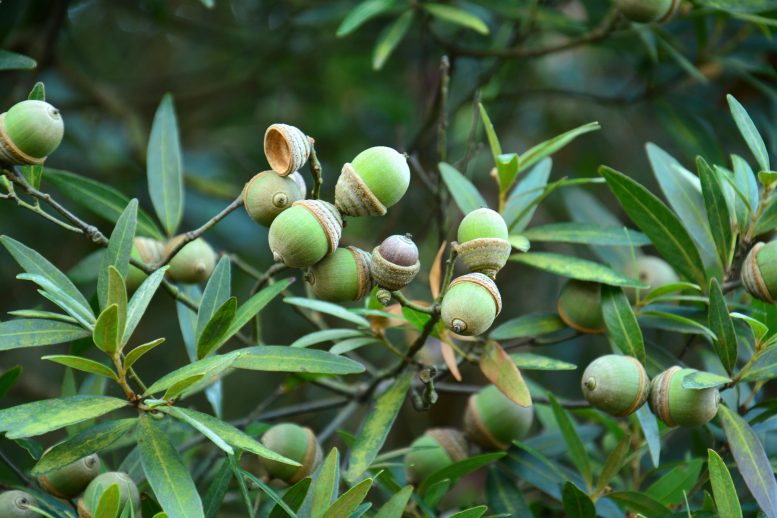
Acorns of Quercus bambusifolia, an endangered oak found in China and Vietnam. Credit: The Morton Arboretum
First complete global extinction risk assessment reveals bleak future for keystone species.
An estimated 31% of the world’s oak species are threatened with extinction according to data compiled in a new report by The Morton Arboretum and the International Union for Conservation of Nature (IUCN) Global Tree Specialist Group, The Red List of Oaks 2020. The report details for the first time the distributions, population trends, and threats facing the world’s estimated 430 oak species, and will serve as a roadmap for conservation action.
According to Arboretum researchers, an estimated 41% of the world’s 430 oak species are of conservation concern. Nearly one-third (31%) are considered threatened with extinction. This proportion of threatened species is higher than threat levels for mammals (26%) and birds (14%). The report indicates that the countries with the highest number of threatened oak species are Mexico (32 species), China (36), Vietnam (20), and the United States (16).
“As we were evaluating the extinction risk of these hundreds of species over the past several years, it became clear how dire the situation is for oaks,” said Murphy Westwood, Ph.D., Director of Global Tree Conservation at the Arboretum. “We finally have a complete picture of the state of the world’s oaks, so conservationists worldwide can take informed action to save oaks from extinction,” Westwood stressed.
The analysis of the global patterns of threat to oaks reveals that invasive pests, diseases, and climate change are the key threats to oaks in the United States, whereas deforestation for agriculture and urbanization are the biggest drivers of change in Southeast Asia. The report calls for concerted conservation efforts and capacity building in the global centers of diversity for oaks in Mexico and Southeast Asia.
Toward that end, the Arboretum and Botanic Gardens Conservation International (BGCI) also established the Global Conservation Consortium for Oak (GCCO), partnering with botanical gardens, arboreta, universities, and government agencies around the world to create a network of experts and institutions to protect threatened oaks globally. The Consortium will use the results to prioritize and guide conservation efforts in the wild and in living botanical collections, such as the conservation groves of threatened oaks being established at the Arboretum.
“More than 2,300 species of bird, mosses, fungi, insects, lichens and mammals are recorded as using native oaks for food and shelter in the U.K., and the same will be true for the 113 species of oak now threatened with extinction,” said BGCI Secretary General Paul Smith. “The loss of just one of these tree species has catastrophic consequences for hundreds of other species,” Smith warned.
The Red List of Oaks 2020 is the culmination of five years of research and consultation with more than 100 experts from around the globe to assess the extinction risk of the world’s oak species. This initiative represents The Morton Arboretum and its collaborators’ contribution to achieving one of the 16 targets of the Global Strategy for Plant Conservation: to have an assessment of the conservation status of all known plant species by the end of 2020.
“The comprehensive assessment of all oak species is a major achievement,” said Craig Hilton-Taylor, Head of the IUCN Red List Unit. “Having this information about such an ecologically and economically important group of trees is vital for informing conservation efforts.”
More information and the report are available on the Arboretum’s website.
About The Morton Arboretum
The Morton Arboretum is an internationally recognized outdoor tree museum and tree research center in Lisle, Illinois. Its 1,700 acres include 16 miles of hiking trails, a Children’s Garden, educational exhibits, a Visitor Center, and specialty tree and plant collections. The nonprofit 501(c)(3) organization serves 1.2 million visitors annually. Information about exhibitions, events and admission is available at mortonarb.org.
About The IUCN SSC Global Tree Specialist Group
The IUCN SSC Global Tree Specialist Group (GTSG) forms part of the IUCN Species Survival Commission (SSC)’s science-based network of more than 9,000 volunteer experts who are working together towards achieving the vision of, “A just world that values and conserves nature through positive action to reduce the loss of diversity of life on earth.” The GTSG, with over 100 members, promotes and implements global red listing for trees and acts in an advisory capacity on tree conservation issues, notably through the Global Trees Campaign.
About Botanic Gardens Conservation International (BGCI)
Botanic Gardens Conservation International (BGCI) is the world’s largest plant conservation network, comprising more than 600 botanic gardens in over 100 countries. It was established in 1987, is a registered charity with offices in the UK, US, Singapore, China and Kenya and provides the secretariat to the IUCN SSC Global Tree Specialist Group. BGCI and the IUCN SSC GTSG lead the Global Tree Assessment, an ambitious initiative to assess the extinction risk to all the world’s tree species for the IUCN Red List of Threatened Species.


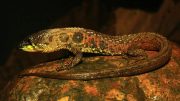
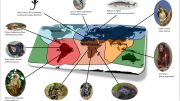


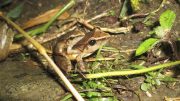
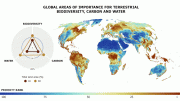

Be the first to comment on "Global Extinction Risk Assessment: Nearly One-Third of Oaks Are Threatened With Extinction"